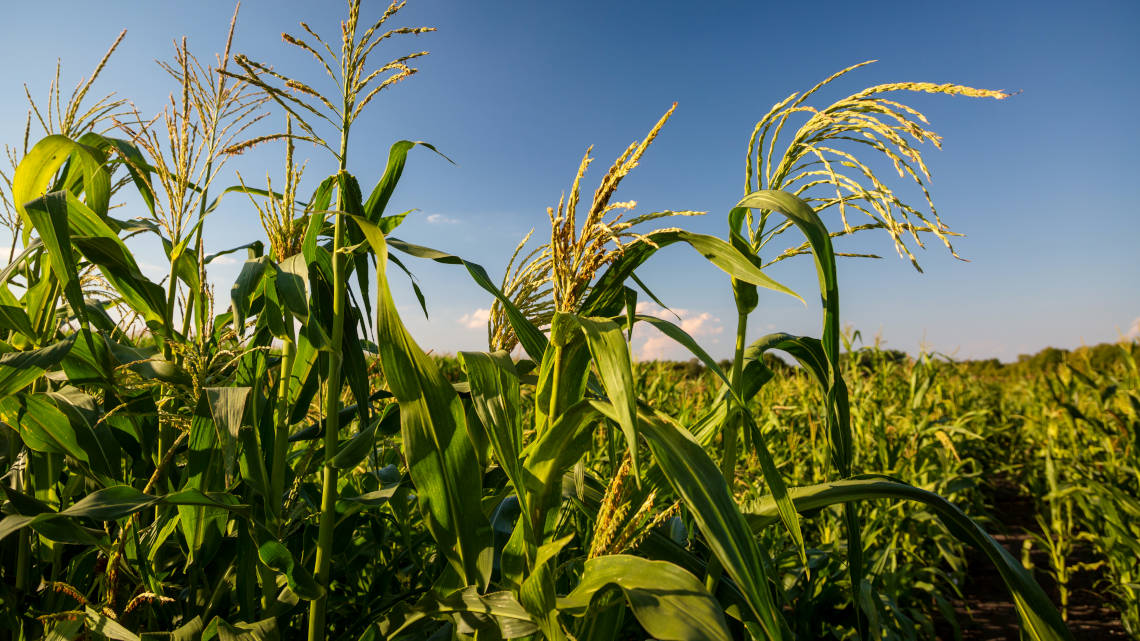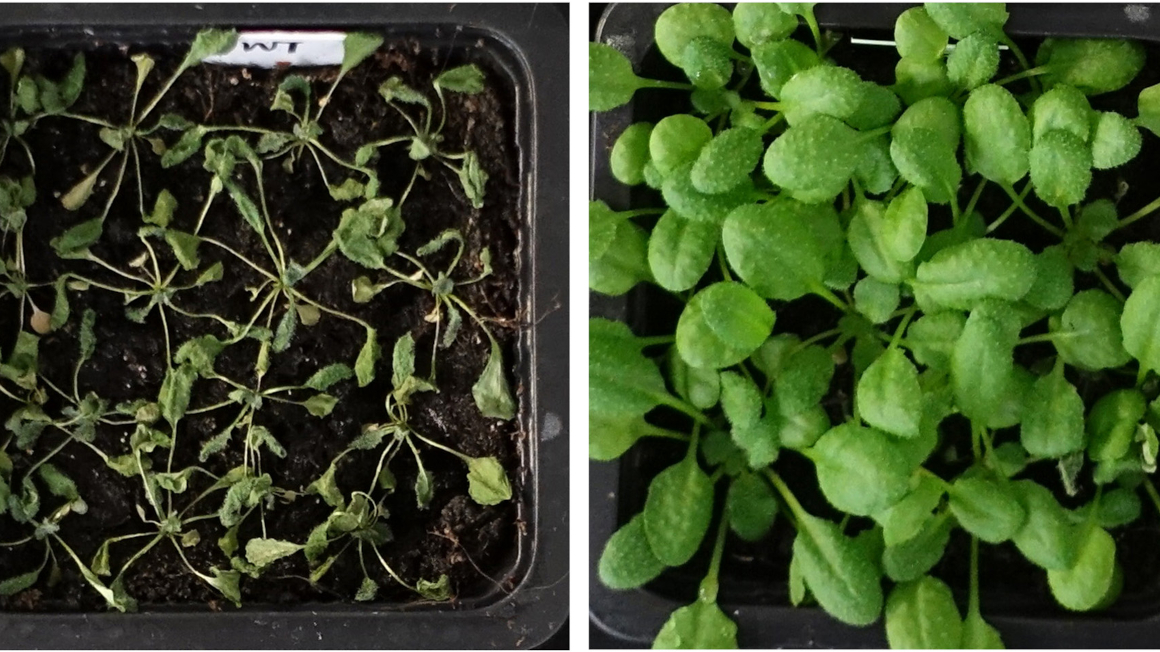Toward better hybrid varieties
Genetic information from seed banks can help better equip today's arable crops for climate change.

Modern high-yielding varieties of grain and other food crops are true miracles of productivity. Through breeding, they have been optimized to deliver maximum yields under typical growing conditions. But the most widely used method of hybrid breeding has also led to a depletion of the genetic variability of these varieties. As a result, today's hybrid varieties are often poorly able to adapt to changing environmental conditions, such as those already occurring due to climate change. More droughts, shifted seasons or new pests and diseases threaten harvests and thus security of supply.
Valuable gene banks
In the scientific journal „Nature Communications“, experts in plant breeding at the Technical University of Munich (TUM) have now presented a method for better adapting modern varieties to future challenges. The experts used the genetic information of old landraces stored in seed banks. These landraces often still contain useful traits that were later lost in the course of breeding.
"We have shown how to find new genetic variation for important traits in agricultural production. Variation in these traits is determined by many genes and is insufficiently present in current breeding material," explains Manfred Mayer, lead author of the study. "This opens the way to develop new climate-improved hybrid varieties."
Cold tolerance as an example
The research team demonstrated that this method works using the example of cold tolerance in corn. Corn suffers when exposed to heat or drought during flowering. If the plant tolerates cold better, sowing can begin earlier in the year and flowering has already occurred before the seasonal heat or drought episodes occur. Based on a pre-selection, three landraces were grown at several European locations with different climatic conditions.
In addition to the plants' juvenile development, the team evaluated growth height and shape, flowering time and wind stability. By comparing the locations and using molecular biology methods, they linked the respective characteristics to genetic traits. These could now be used in breeding to restore the lost abilities to existing hybrid varieties.
bl


